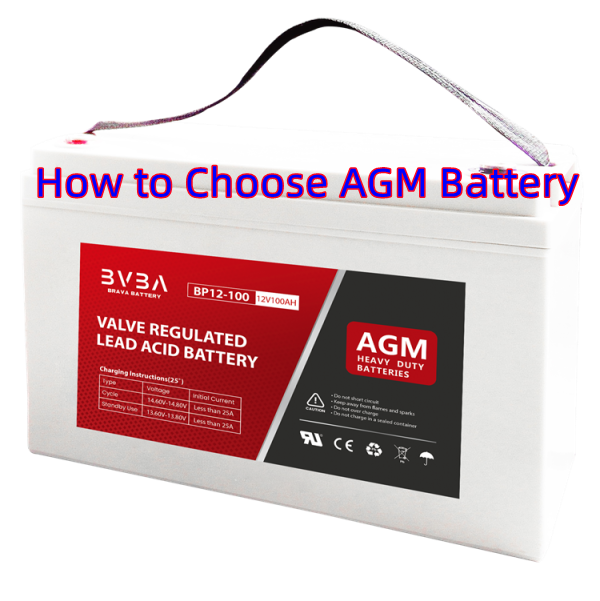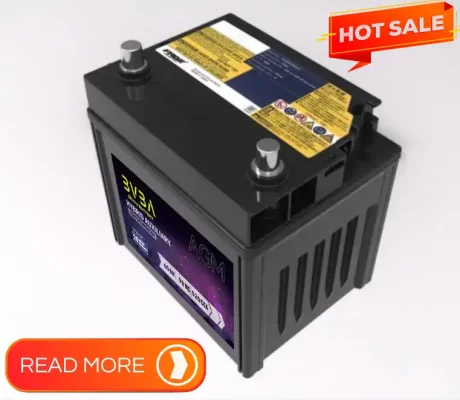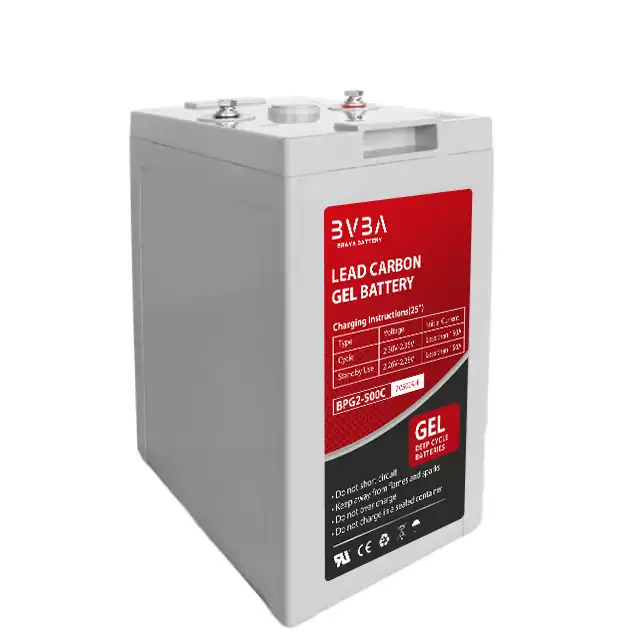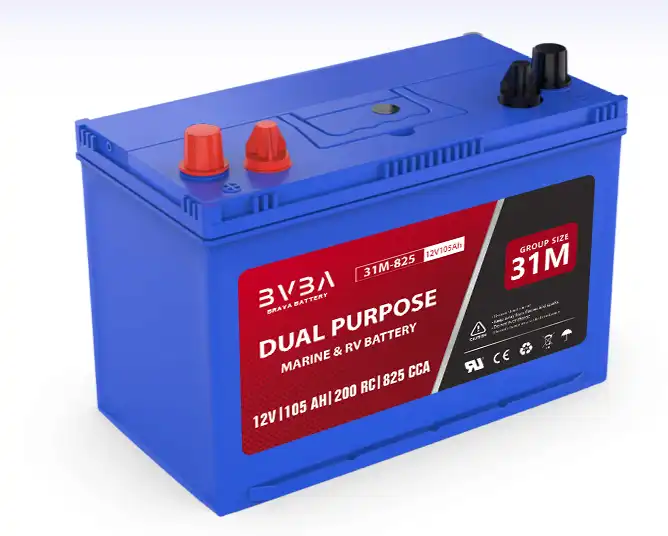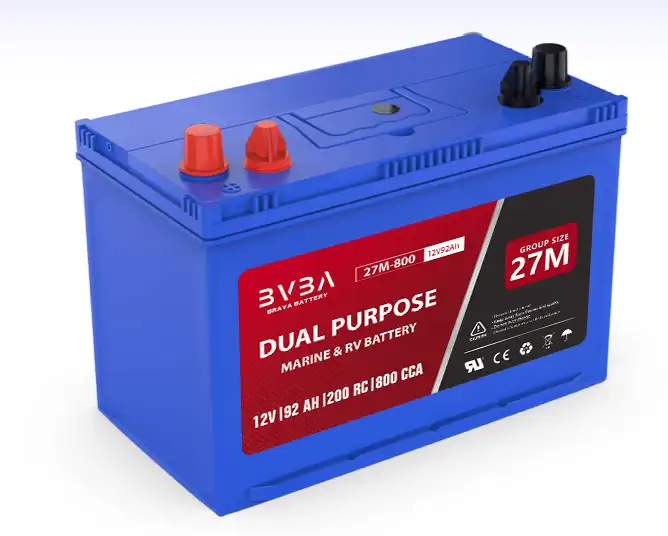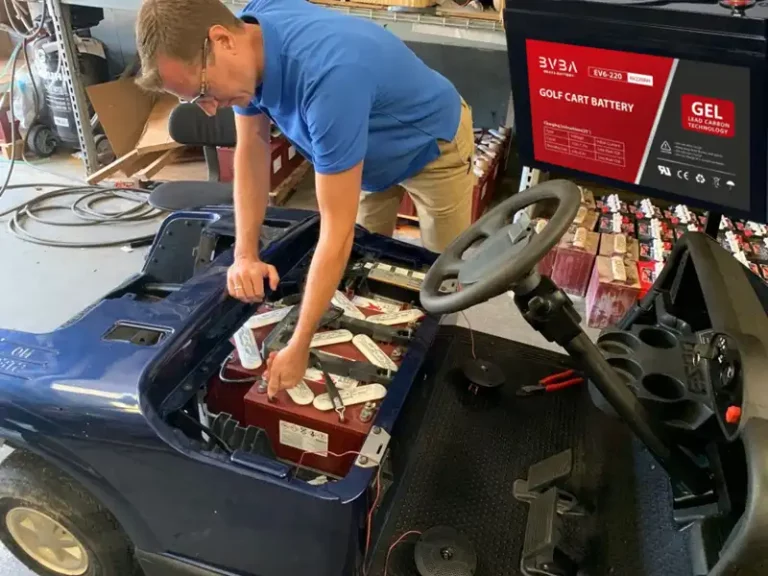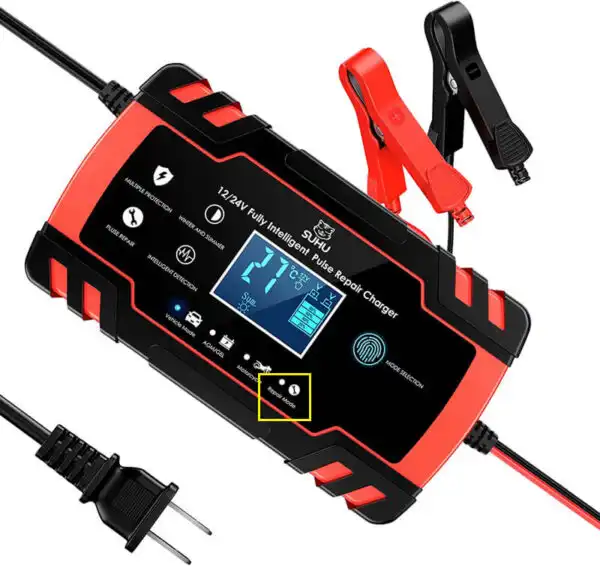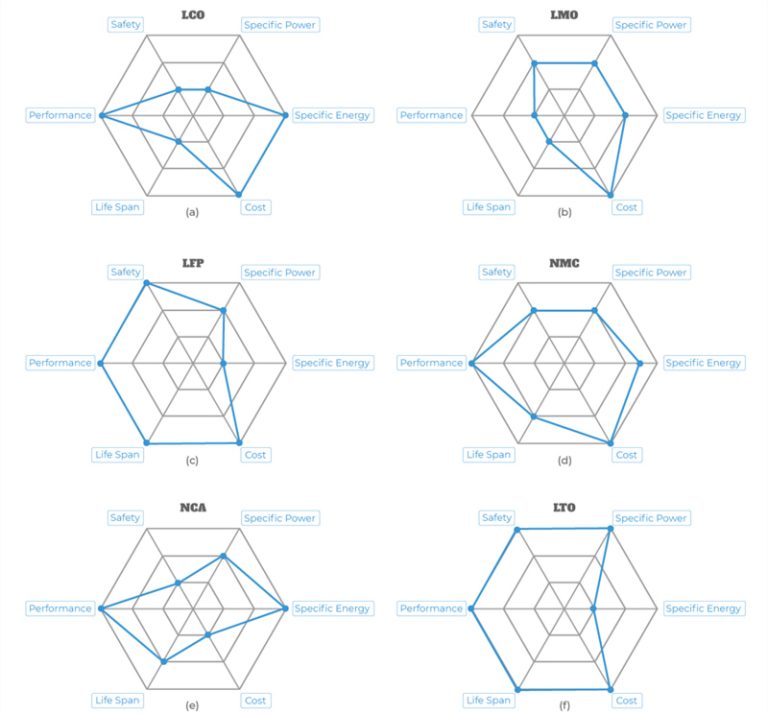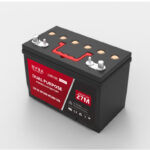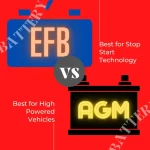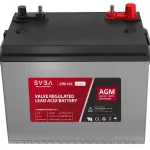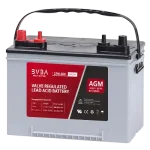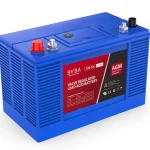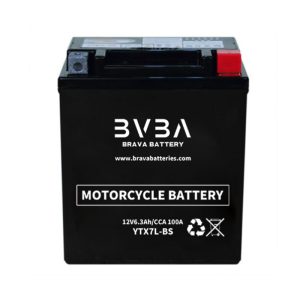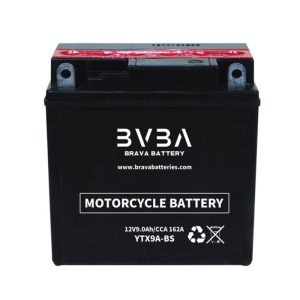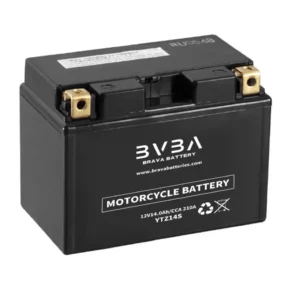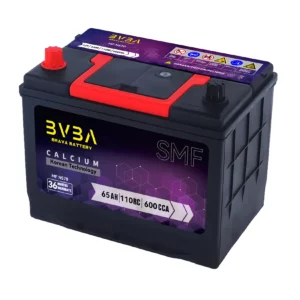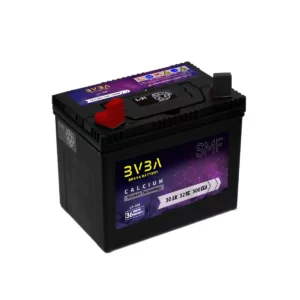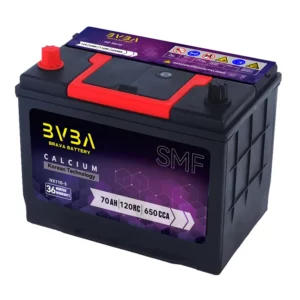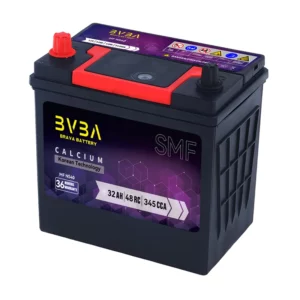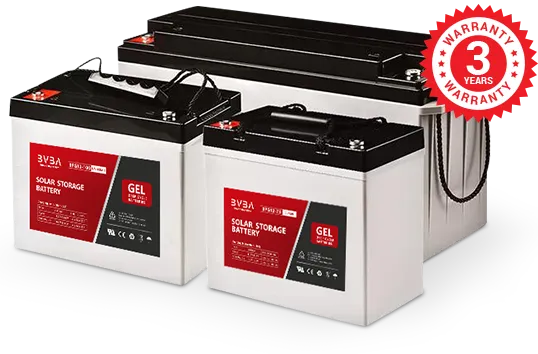Absorbent glass mat batteries (AGM Battery) have been a market favorite for the past few decades. At the time, they were designed to be a viable alternative to the Ni-Cad batteries, which were very costly. Though they were mainly used in military vehicles as a source of back up power and heavy vehicles such as long-distance trucks, nowadays, they have more diversified uses. In principle, the AGM batteries work like any other lead battery. However, the AGM batteries, compared to flooded batteries, have several significant improvements that make them more efficient. Additionally, just like other types of batteries in the market, they have their advantages and disadvantages.
Advantages of AGM
1. They are spill-proof
Unlike the traditional lead-acid batteries that freely flood their electrodes, AGM batteries have glass mats that prevent this. Additionally, it is the function of these glass mats to avoid spillage. Rather than absorbing the electrolyte, the glass mats work by holding the electrolyte in place, preventing it from spilling over, even when the battery is placed in odd positions.
2. They have a high-power output.
Because of the way that they are designed, the AGM batteries have minimal internal resistance. This, therefore, enables them to provide sufficient bursts of power when necessary, such as when one needs to start a battery. Due to this feature, these batteries respond better to loading than any other battery on the market.
3. They have a short charging time.
AGM batteries, compared to flooded batteries, charge quickly. When compared to flooded batteries of a similar capacity, the charging rate can reach five times faster with the same power source.
4. They have a longer lifespan
AGM batteries have a longer lifespan than traditional flooded batteries. Moreover, not only do they serve for a more extended period when they perform the same tasks, but they also last longer when they are not in active use. This is because self-discharging is minimized in these batteries, unlike other types of batteries, which is a huge problem. This ensures that one does not have to keep charging them after an extended period of inactivity.
5. They are durable.
These AGM batteries were originally designed to serve the aircraft industry. This means that they have a sturdy design, one that can handle conditions of intense vibrations, just like those in military and commercial aircraft. Because of this property, they are a favorite for high-end motorcycle riders and race car drivers. The sandwich construction method adopted in their design ensures that their internal components do not fall apart. Moreover, they are invulnerable to the subsequent wear and tear that may result from frequent and continuous vibrations. Furthermore, they can withstand extreme temperature variations.
6. They are unlikely to build up sulfation
Sulfation is the property of lead-acid batteries, where there is a gradual accumulation of lead sulfate crystals in the cells. In most cases, it is the cause of failure in lead-acid batteries. Sulfation mostly occurs when the battery is not fully charged, and thus the crystals continuously build up on the plates. When this process goes out of hand, it prevents the efficient conversion of chemical to electrical energy. Therefore, for other types of lead-acid batteries, it is essential to charge them every six months to prevent sulfation. However, in AGM batteries, sulfation is significantly reduced. Therefore, they can be stored for extended periods without needing a recharge.
Despite their many advantages, AGM batteries, just like other lead-acid batteries, also have their disadvantages. These include:
1. High production cost
Unlike the flooded batteries, AGM batteries have a higher production and manufacturing cost. However, they are still cheaper to produce than gel type batteries. Even though the cost of manufacturing these batteries has reduced since their introduction into the market in the 80s, it is still generally higher when compared to other battery types in the market. This, therefore, make them slightly expensive for use in some devices.
2. Energy issues
While these AGM batteries have a high-power output, they have a low specific energy. Generally, it is a necessity for batteries that are required to run for a long time under a moderate load to have a high specific load. This means that these batteries cannot be used on several devices.
3. Reduced capacity over time
Though AGM batteries keep a charge for a longer time than other batteries, they gradually reduce their charging capacity over time. This is unlike gel batteries that have an advantage in this sector because of their excellent performance dome.
4. They are sensitive to overcharging
These AGM batteries, compared to flooded batteries, have a low tolerance to overcharging and high voltages. If they are subjected to these conditions, it shortens their life span.
No matter the make and model, vehicles use either an AGM battery or a deep cycle battery, but what’s the difference between the two?
While the most common type is the deep cycle or flooded lead acid battery, In this article, we’ll be reading how these battery lineups stack against each other and related information to help you choose the most workable option for your vehicle.
Difference Between AGM And Deep Cycle Batteries
The Absorbent glass mat or AGM batteries are an improved version of the traditional deep cycle or lead acid batteries. Besides getting familiar with the differences, you’ll surely learn the similarities as we scroll through the text.
1. Working Mechanism
The elemental composition of both batteries is the same as they have identical electrolyte liquids made of sulfuric acid and water and lead plates for the chemical reaction to occur. Oxygen and hydrogen gases are produced by-products during the reaction.
However, their working mechanism still has some differences. While the lead acid battery vents out the gases, AGM batteries don’t produce many gases because of the unavailability of free-flowing electrolytes.
While no hydrogen is generated, the chemical reaction in the battery does produce oxygen that is reabsorbed at the negative plate.
- Flooded Lead Acid Battery
It contains lead plates immersed in electrolytes. The gaseous by-products are vented out, resulting in water loss. Therefore, the electrolyte solution depletes over time and needs to be replenished regularly. As a general rule of thumb, the evaporated electrolyte liquid levels can be replenished by adding distilled water.
- AGM Battery
Besides having the same lead plates and electrolyte liquid, these AGM deep cycle batteries have fiberglass mats placed between the plates. These mats keep the liquid suspended and prevent it from free-flowing inside the battery.
AGM batteries are sealed lead acid batteries that produce gases recombined with the electrolyte solution. If excess gases are made, there’s a vent to release the gases and lower the internal pressure.
2. Durability And Shock Resistance
The AGM battery has a better build quality and is more durable than the deep cycle battery. The fiberglass mats sandwiched in the lead plates are snugged in, making the battery shock and vibration-resistant.
This durability and resistance make the AGM battery a top pick in motorsports. Deep cycle batteries, on the other hand, can get damaged if they are not mounted securely.
3. Maintenance Requirements
AGM batteries produce little to no gassing, making it a feasible choice for vehicles with battery enclosures in places like the trunk, below the driver’s seat, or any other area that’s hard to reach.
In contrast, a deep cycle battery needs its electrolyte solution to be kept at optimum levels and in a well-ventilated space to release the gases produced.
4. Power Output And Internal Resistance
The AMG battery’s internal resistance is the lowest when comparing lead-acid batteries. Its internal resistance is only 2%, whereas the deep cycle battery has an internal resistance of 10 to 15%.
Low internal resistance translates to improved voltage output. The AGM battery is better equipped to handle significant power demands, making it the first choice when looking into different lead-acid battery types.
5. Mounting And Spillage
The AGM battery is spill-proof and can be installed in almost any configuration except by turning it upside down. However, the deep cycle battery has a free-flowing electrolyte solution that needs to be kept upright to prevent spillage.
6. Charging Time And Depth Of Discharge
A flooded lead acid battery charges slower than an AGM battery. This happens due to the increased internal resistance interfering with the charging.
Regarding the depth of discharge, the lead acid battery has 50% DoD, whereas the AGM battery has 80% DoD, making the AGM battery an excellent choice for heavy load operations.
However, both types of batteries cannot be discharged below 50%, unlike the lithium-ion battery type, which can be discharged completely.
7. Overcharging Tolerance
The lead-acid battery is more tolerant to overcharging than an AGM battery. Overcharging the AGM or SLA batteries (sealed lead-acid) shortens their lifespan and leads to a thermal runaway. Using a regulated battery charger is recommended for SLA batteries to control the amps and volts and achieve faster charging.
8. Temperature Resistance
Typically, AMG batteries work better at different temperatures than deep-cycle batteries. A lead-acid battery will freeze in cold temperatures, resulting in the plates expanding and the battery’s case cracking and leaking.
In contrast, the AGM or SLA battery is resistant to cold weather and won’t crack or leak. Likewise, one extreme heat, the electrolyte solution in deep cycle batteries will evaporate, leading to poor performance.
9. Battery Life And Self-Discharging Capacity
A typical lead-acid battery lasts from 3 to 5 years, whereas the SLA battery can survive up to 7 years. The low self-discharge rate of the AGM battery makes it a superior choice to flooded batteries.
10. Chemical Changes
Corrosion affects the conventional deep-cycle battery more, leading to spills and leaks. when not used for extended periods.
Regular maintenance and a timely visit to the service center can keep issues like corrosion at bay. These issues affect the efficiency and performance of the battery.
11. Safety
When comparing both batteries, AGM batteries are safer. These batteries are tolerant of changing temperatures, provide a longer run time, can handle heavy loads, and are durable enough to be used in extreme environments. Your AGM battery won’t spill the electrolyte or get cracked.
12. Pricing
The lead-acid battery is cost-effective, while the AGM counterparts are three times the cost.
Taking Care Of Your AGM Battery
- Storing the battery in a discharged state will lead to sulfation, making it difficult to recharge completely. When storing the battery, remember to recharge it every four months and store it in a cool and dry place.
- Avoid overcharging the battery as it will reduce performance and lifespan. When charging the battery, ensure the voltage and charger are working fine.
- Avoid using a third-party charger unless recommended by the manufacturer. If you have a faulty charger, it’s best to purchase an original charger from your battery manufacturer. You can also refer to the user manual given with the battery to know which charger is a feasible option.
- Use the battery sparingly or entirely discharge the battery as it will shorten its lifespan.
Maintaining Your Lead Acid Battery
- Ensure the electrolyte levels are adequate by checking weekly. This practice allows the battery to work at optimum efficiency. Remember to only use deionized and distilled water with the battery. The electrolyte levels should always be replenished after charging, not before or during the charging session.
- Charging the battery with an incompatible charger will result in a faulty battery. Always use the recommended charging equipment.
- Allow the battery to completely charge when plugged in and avoid interrupting the charging cycle. This can lead to permanent damage, reducing the lifespan and performance.
- Lead acid batteries cannot be discharged completely. Most vehicles and equipment using this battery type have battery discharge indicators that turn on when the charging is low. Keeping an eye on the discharge indicator is crucial.
- Whenever you charge the battery, let it cool for at least two hours before plugging it back in. Using the battery while hot can lead to damage and a possible leak.
- During maintenance, check the terminals for any signs of corrosion, ensure the cables are intact, and the charging wires are plugged in. Clean the lids and wipe off any debris collected on the battery.
- Check the battery enclosure and ensure the battery is fastened. Leaving the battery loose will only cause it to malfunction.
AGM Batteries Related Products:
Related Products Application:
AGM Batteries Related Posts:
Tag in this article: #AGM Batteries
Tips: more detail information, for acid battery

